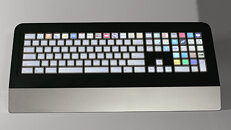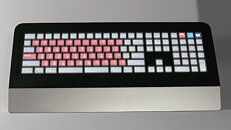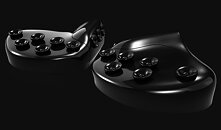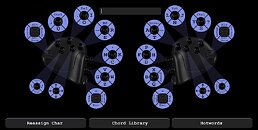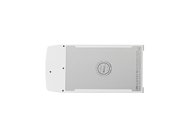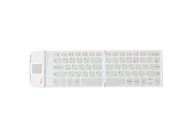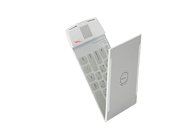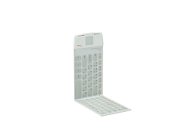Attending CES is a mixed bag even before you arrive there, and it comes in the form of about a billion marketing emails invading your inbox. Amidst all these, however, was one from this US-based startup company that interested me in more ways than one. Perhaps because I handle keyboard duties here on TechPowerUp, among other things, but I have always been fascinated with products aiming to enable a more ergonomic and efficient typing experience. These products tend to take the form of smaller form factor, split or otherwise, keyboards that still adopt the staggered columns of keys. Layers are the name of the game here, with customization in the form of key mapping enabling people to position keyboards with a combination of tent, tilt, and height adjustments- especially for split keyboards. But all these still rely on the end user typing on, say, a QWERTY layout with 2-4 fingers simultaneously nearly every single time. CharaChorder wants to rethink the keyboard, and offer a product that helps you type with all 10 fingers.
The company sought inspiration from the humble stenograph, as well as arguably more efficient typing layouts such as Dvorak over QWERTY, and had a prototype for demo at CES that showcased their "3-dimensional" typing via sticks that can be assigned to a different function for each axis. I admittedly was skeptical with the emails, as well as the rough plastic casing they initially showed, but then they pulled out the working PCBs as part of the two connected halves, and typed my name and affiliation on a connected laptop at ~200 WPM. There were also only two errors throughout, which is impressive given these were words and sentences they had no way to practice before, and the speed comes in the form of them having practiced ~30-60 min a day for a month in "chorded" mode which allows simultaneous presses instead of one character at a time, which is the recommended training schedule for new users. The CharaChorder is also ambidextrous enabling users to quickly use this alongside a mouse, or even a joystick, with applications ranging from typing, to gaming via macros, and more. The company has the product
up for pre-order already for $199.99 with expected delivery in December 2020 provided they hit their funding goals. Check out
their website, as well as
this demo video, to get a better idea of how the product works.
